Eco-Friendly Fabrics: A Guide to Sustainable Choices
- ARTE.M Association
- Jun 23, 2024
- 2 min read
Why Choose Eco-Friendly Fabrics?
Choosing eco-friendly fabrics helps reduce the fashion industry's environmental footprint. These fabrics often require less water, energy, and harmful chemicals to produce, and many are biodegradable, reducing the amount of waste that ends up in landfills. Additionally, supporting brands that use sustainable materials encourages the industry to adopt more environmentally friendly practices.
How to Make the Switch
Check Labels: Look for certifications such as GOTS (Global Organic Textile Standard), OEKO-TEX, and Fair Trade when shopping for eco-friendly fabrics.
Research Brands: Use resources like Good On You and Fashion Revolution to find brands committed to sustainability.
Care for Your Clothes: Extend the life of your garments by following care instructions, repairing when needed, and recycling or donating them responsibly when you're done.

Eco-Friendly Fabrics: A Guide to Sustainable Choices
When it comes to making environmentally conscious fashion choices, the type of fabric used in your garments plays a significant role. Here are some examples of eco-friendly fabrics that can help reduce the environmental impact of your wardrobe:
1. Organic Cotton
Description: Grown without synthetic pesticides or fertilizers, organic cotton is kinder to the environment and farmers.
Benefits: Uses less water than conventional cotton and maintains soil health. It's biodegradable and generally safer for the skin.
2. Tencel (Lyocell)
Description: Made from sustainably sourced wood pulp, Tencel is produced through a closed-loop process that recycles water and solvents.
Benefits: Biodegradable, highly absorbent, soft, and breathable. The production process is environmentally friendly.

3. Hemp
Description: Hemp is a fast-growing plant that requires minimal pesticides and fertilizers. It also improves soil health.
Benefits: Durable, biodegradable, and naturally resistant to mold and UV rays. Uses significantly less water than cotton.

4. Bamboo
Description: Bamboo is a rapidly renewable resource that grows without the need for pesticides. However, the process of turning bamboo into fabric can vary in its environmental impact.
Benefits: Soft, biodegradable, and naturally antibacterial. Be sure to look for mechanically processed bamboo, which is more eco-friendly than chemically processed bamboo.

5. Recycled Polyester
Description: Made from recycled plastic bottles and textile waste, recycled polyester reduces the need for virgin petroleum and helps divert waste from landfills.
Benefits: Durable, reduces plastic pollution, and can be recycled again. However, it’s not biodegradable, so it's best used in long-lasting garments.
6. Linen
Description: Made from the flax plant, linen is one of the oldest known textiles and is naturally eco-friendly due to its minimal need for pesticides and fertilizers.
Benefits: Biodegradable, highly durable, and gets softer with each wash. It also requires less water than cotton.

7. Cork Fabric
Description: Produced from the bark of cork oak trees, which regenerates after harvesting, making it a sustainable resource.
Benefits: Biodegradable, water-resistant, and durable. Harvesting cork does not harm the tree and supports biodiversity.
8. Econyl (Recycled Nylon)
Description: Made from recycled nylon waste, such as fishing nets and fabric scraps, Econyl is a sustainable alternative to virgin nylon.
Benefits: Reduces waste, durable, and can be recycled multiple times. Helps address the problem of ocean plastic pollution.
photos Licensed under the Unsplash+ License



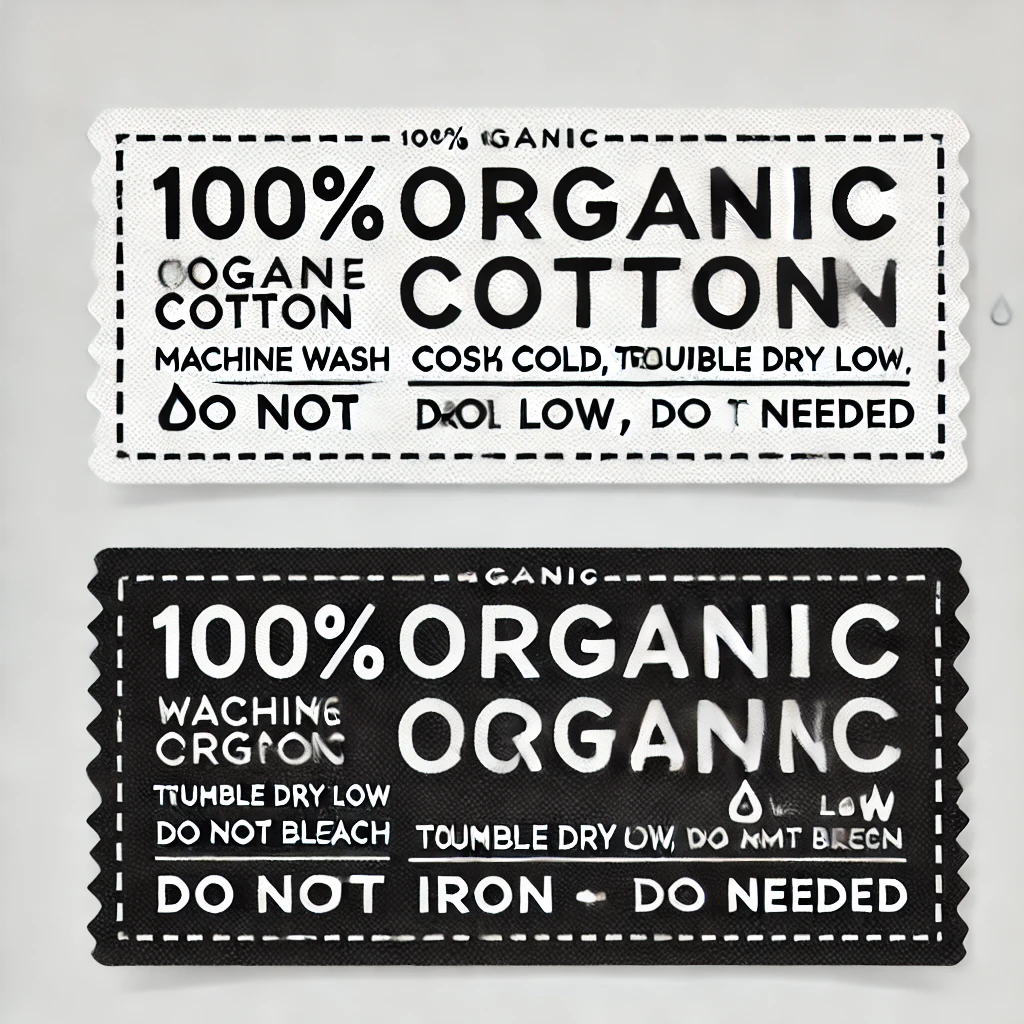
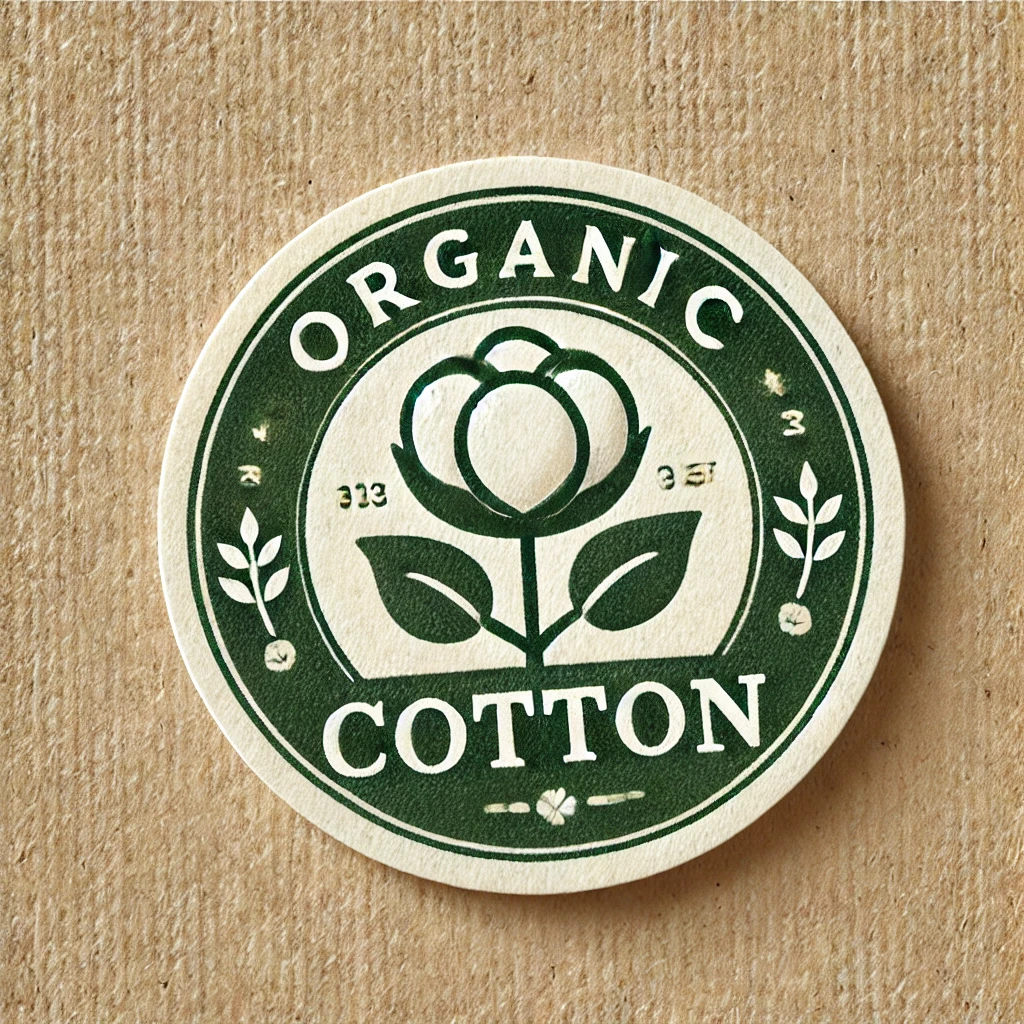
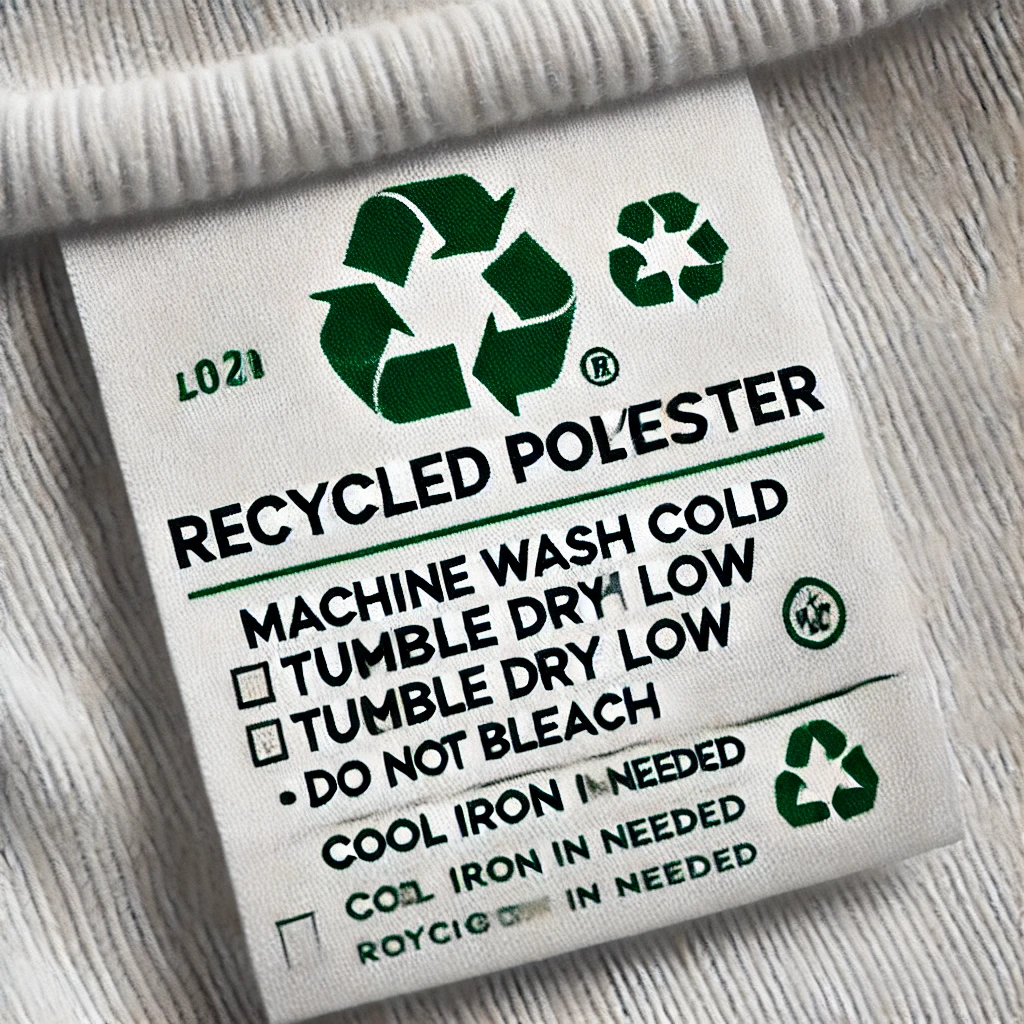
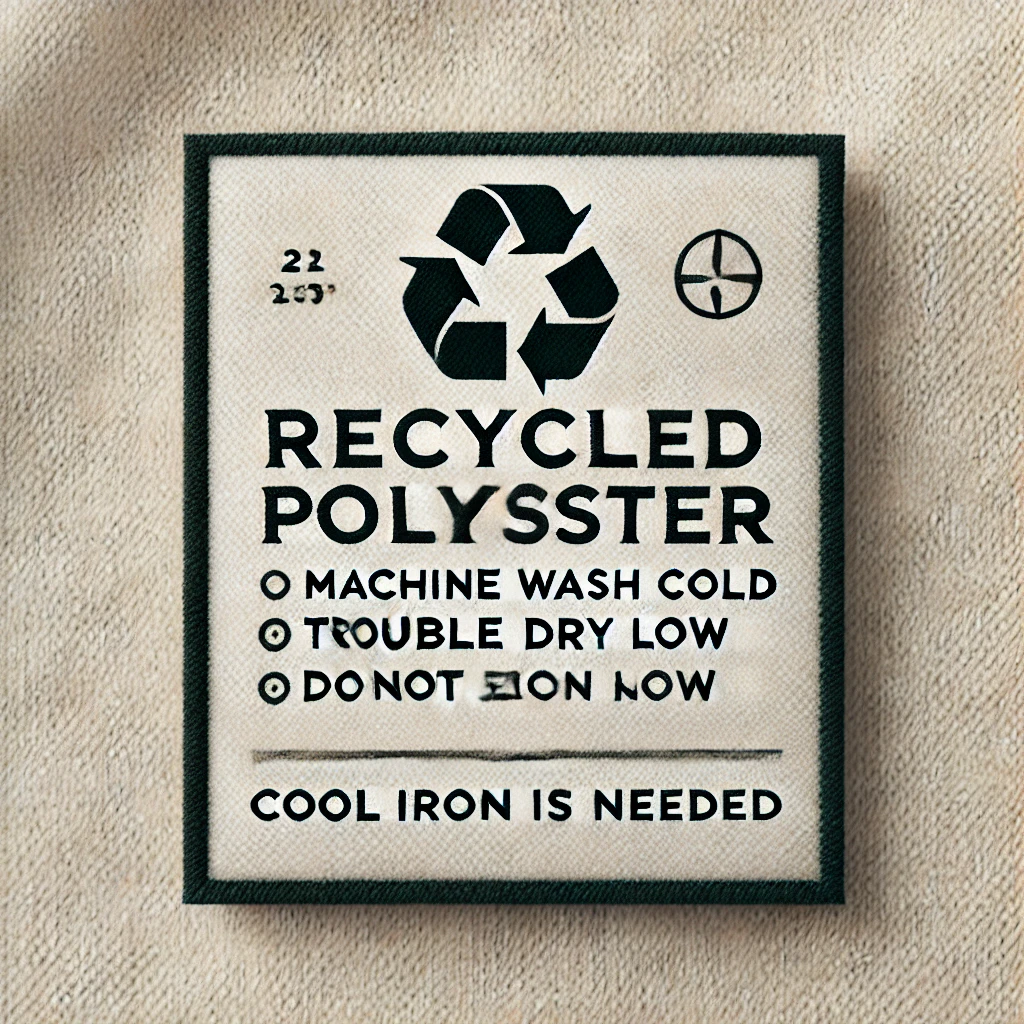
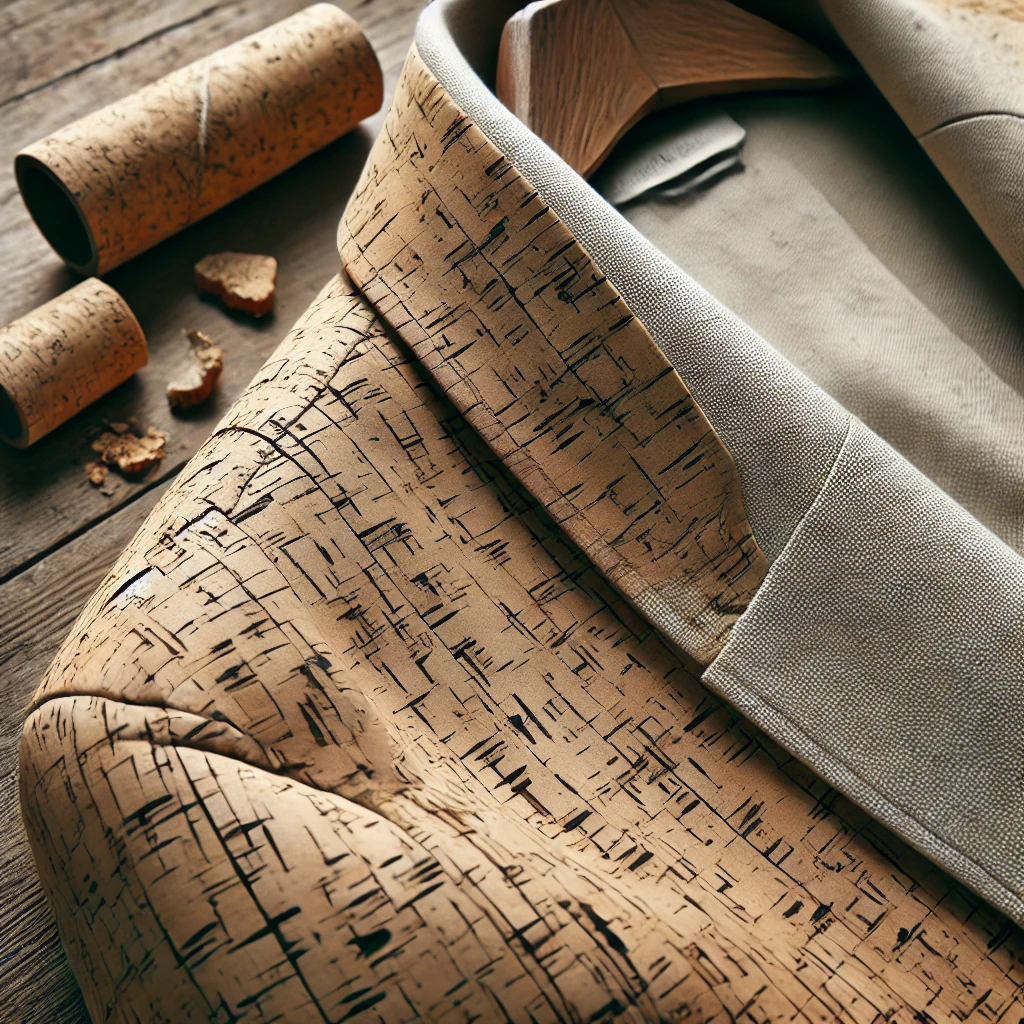
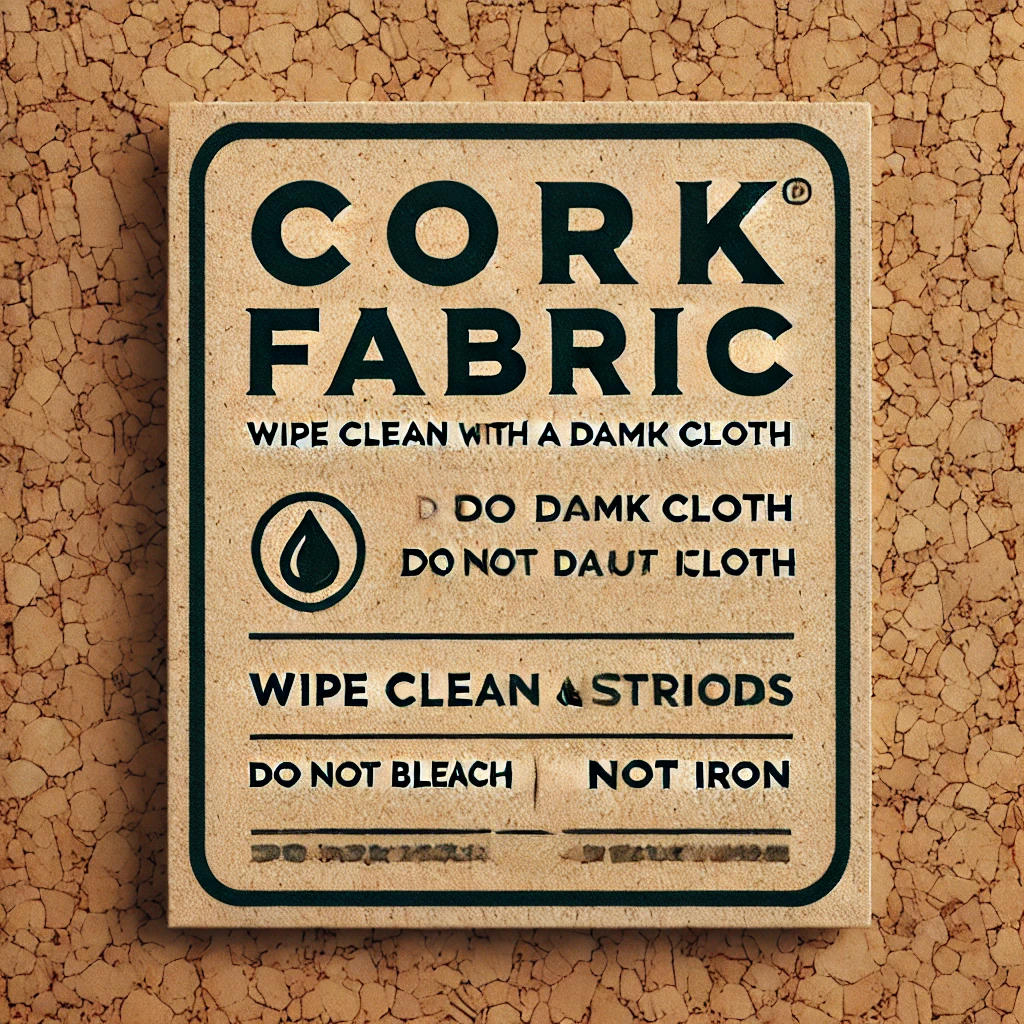
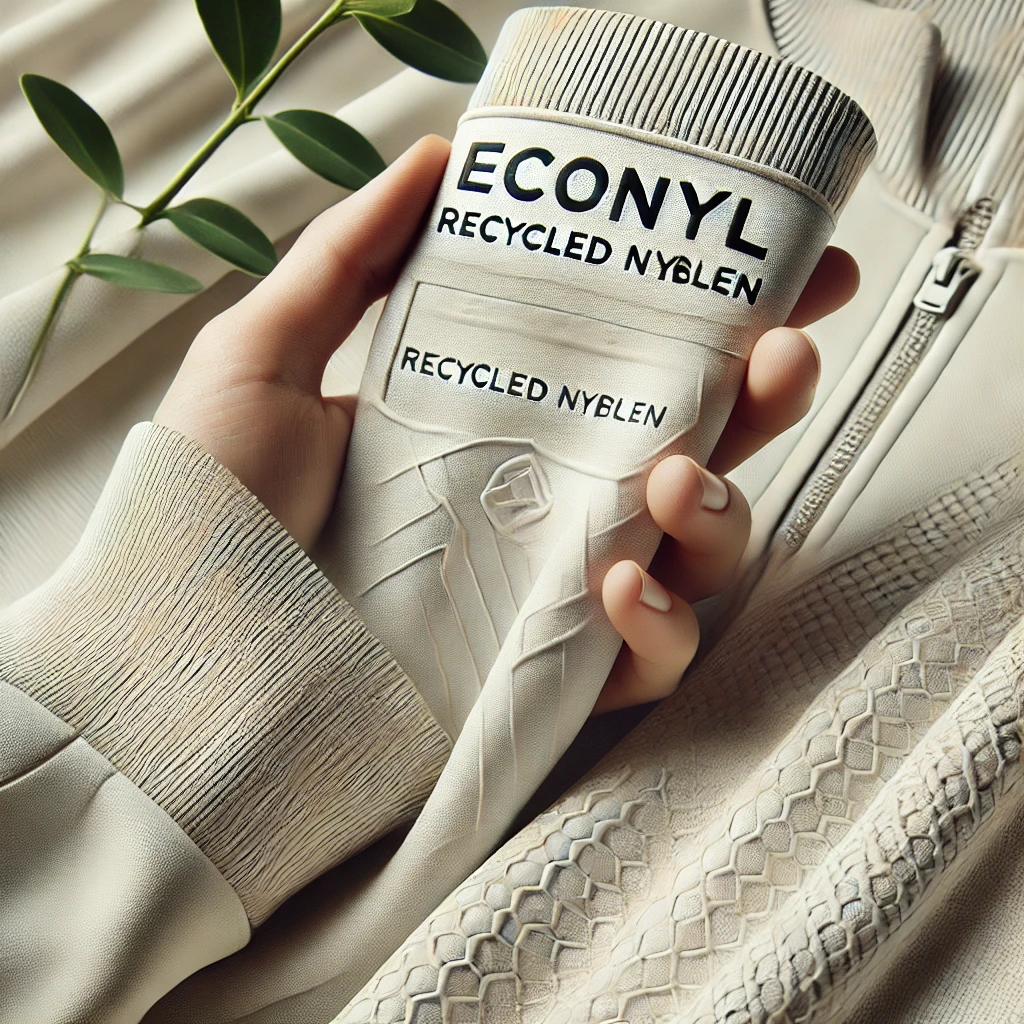
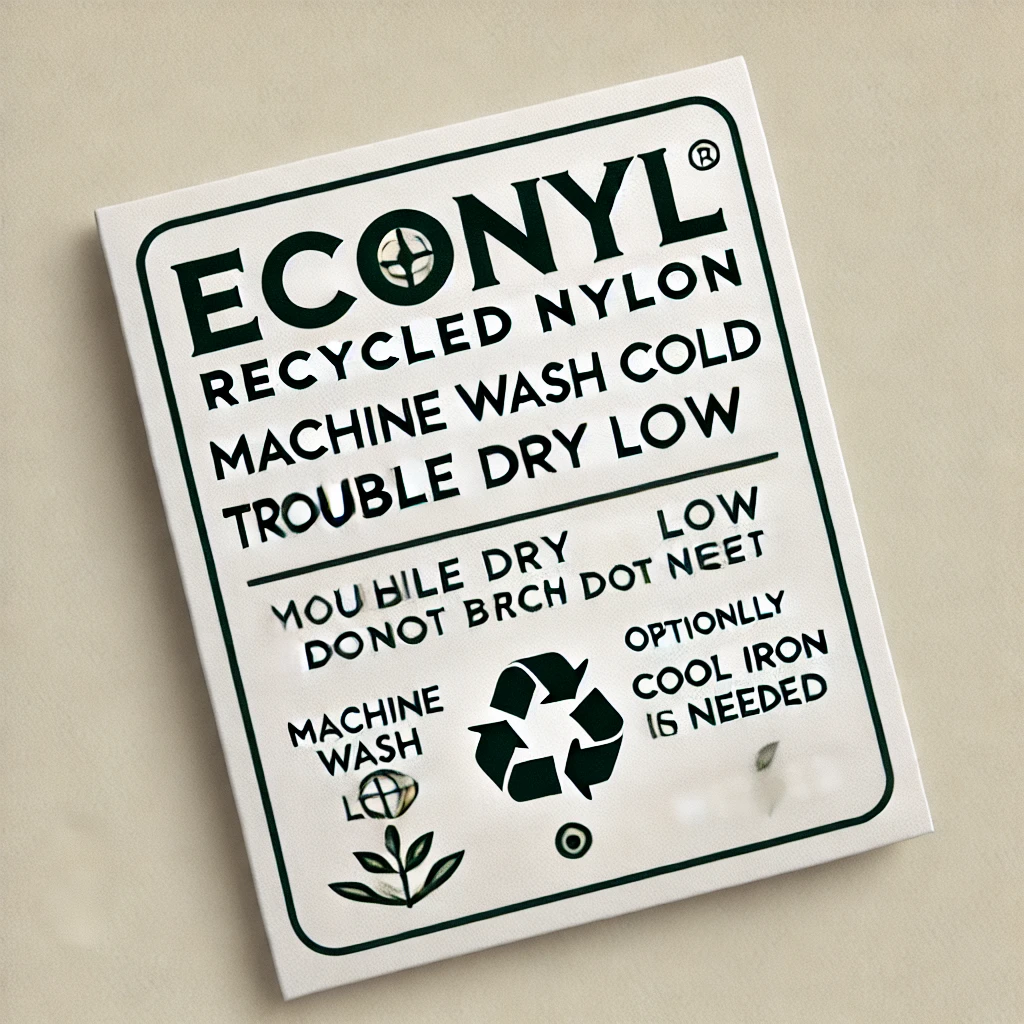





Choosing eco-friendly fabrics is a powerful way to reduce environmental impact without sacrificing style. This blog offers clear, valuable insights for making smarter wardrobe decisions. A great guide for conscious shoppers! https://saveplus.in